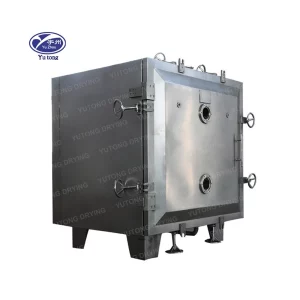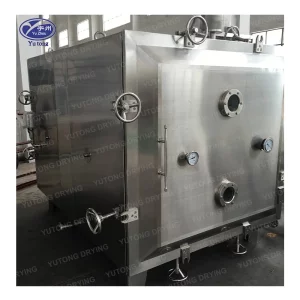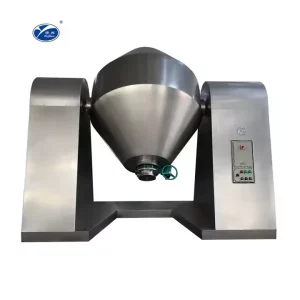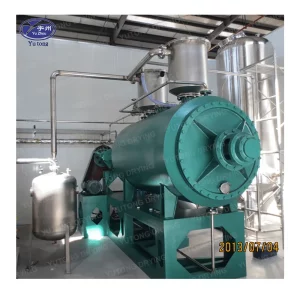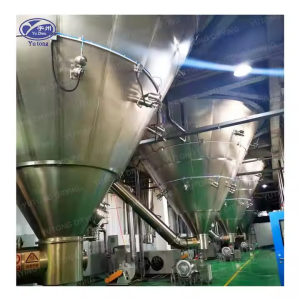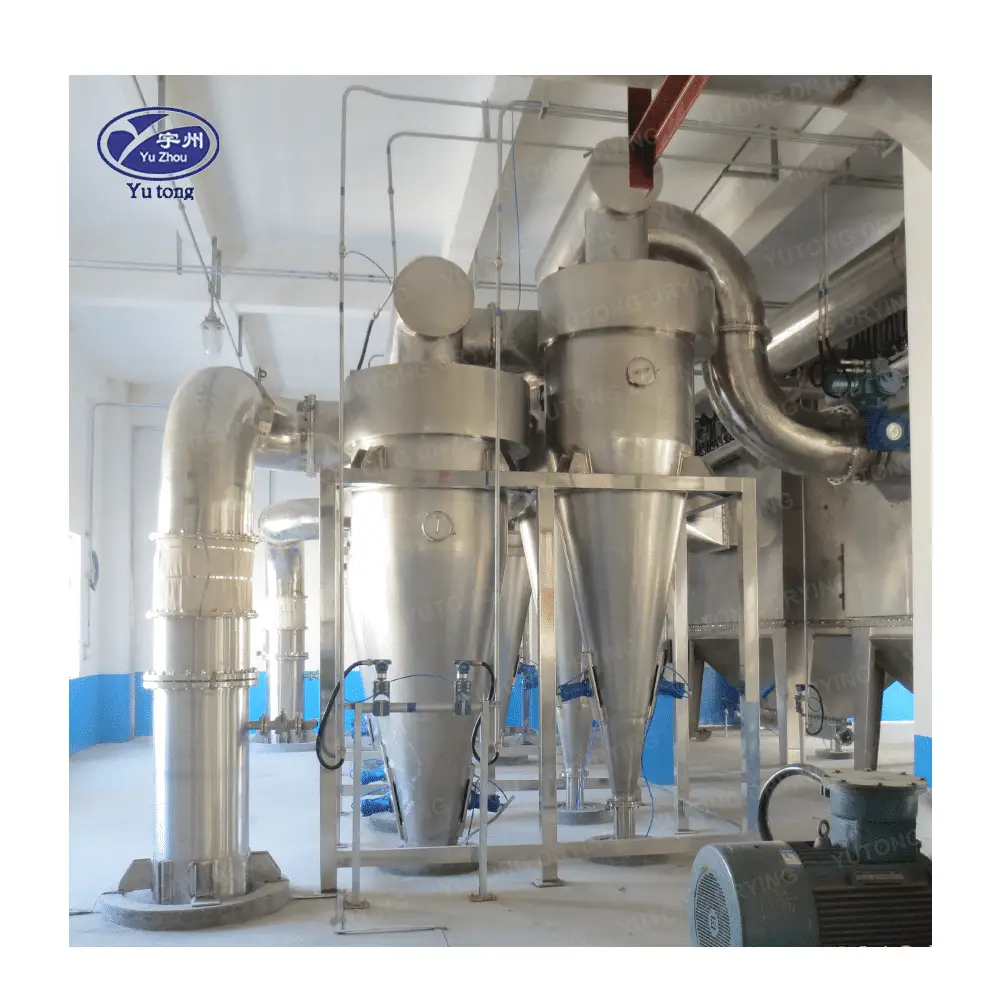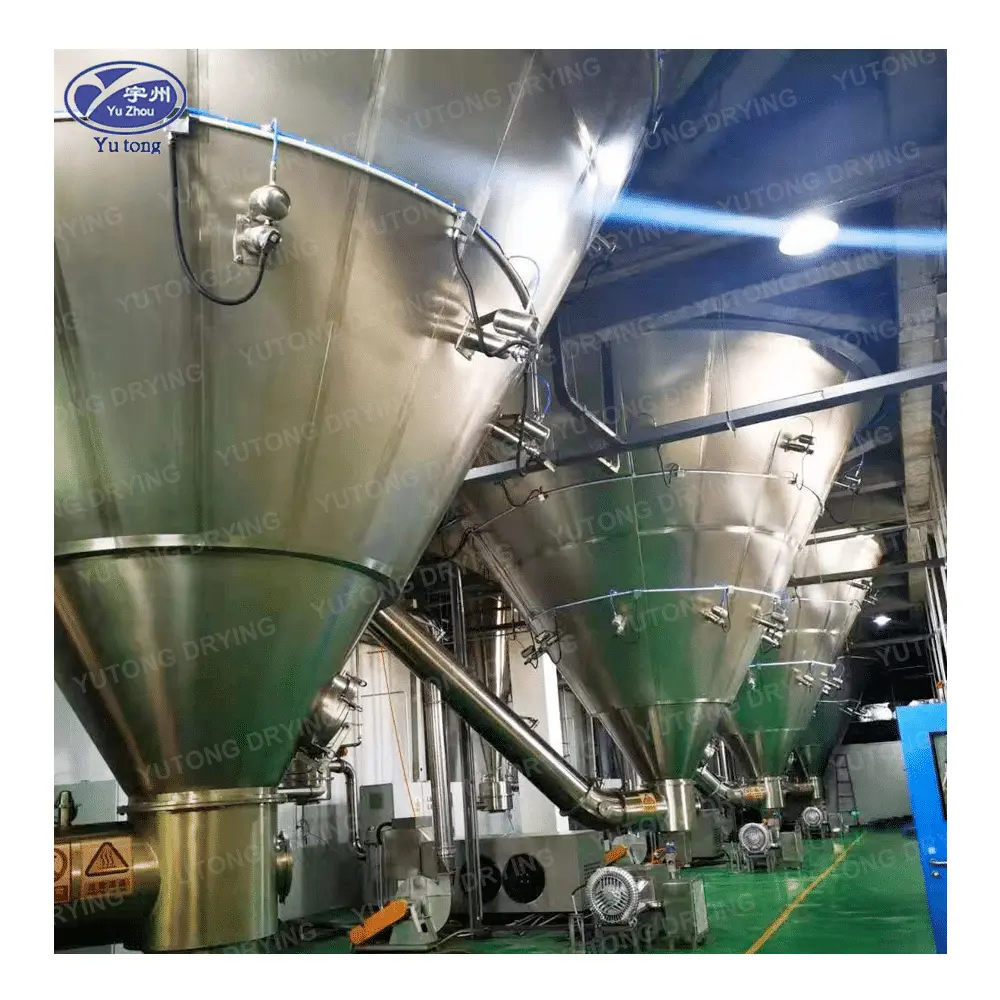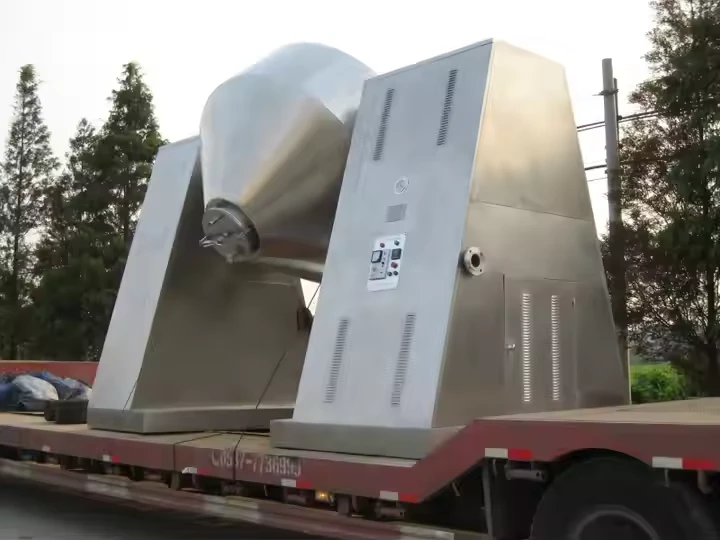As an expert in the field of drying technologies, I can attest to the numerous advantages that vacuum drying offers across a wide range of industries. Vacuum drying is a specialized process that involves subjecting a material to a reduced pressure environment to accelerate the removal of moisture. This method has gained significant popularity due to its ability to provide high-quality drying results while minimizing the negative impacts on the dried product.
One of the primary advantages of vacuum drying is the preservation of product quality. When materials are dried under vacuum, the lower pressure and reduced boiling point of water allow for drying to occur at lower temperatures compared to traditional drying methods. This is particularly crucial for heat-sensitive materials such as pharmaceuticals, biological samples, and certain food products. By avoiding high temperatures, the risk of thermal degradation is significantly reduced, ensuring that the active ingredients, nutritional value, and flavor of the product are retained. For example, in the pharmaceutical industry, vacuum drying is often used to dry delicate drugs and vaccines without compromising their potency. In the food industry, vacuum-dried fruits and vegetables maintain their natural color, texture, and nutritional content better than those dried using conventional methods.
Another significant advantage of vacuum drying is the enhanced drying efficiency. The reduced pressure environment in a vacuum dryer creates a larger vapor pressure differential between the material being dried and the surrounding atmosphere. This results in faster evaporation of moisture, leading to shorter drying times and increased productivity. Additionally, the lower pressure helps to remove moisture more thoroughly, resulting in a lower final moisture content in the dried product. This is especially important for applications where moisture can cause spoilage, degradation, or reduced performance. For instance, in the electronics industry, vacuum drying is used to remove moisture from sensitive components such as printed circuit boards and semiconductor devices to prevent corrosion and electrical failures. The efficient drying provided by vacuum drying ensures that these components are completely dry and ready for use.
Vacuum drying also offers improved control over the drying process. The reduced pressure environment allows for more precise control of temperature and humidity, enabling operators to fine-tune the drying conditions to meet the specific requirements of the material being dried. This can result in a more consistent and reproducible drying process, which is essential for industries where quality control is critical. For example, in the production of specialty chemicals, vacuum drying can be used to achieve specific moisture levels and particle sizes, ensuring that the product meets the exact specifications required for its intended application. Moreover, the ability to control the drying process also helps to reduce the risk of over-drying or under-drying, which can lead to product quality issues and wasted resources.
In addition to these benefits, vacuum drying can also reduce energy consumption. Since drying occurs at lower temperatures, less energy is required to heat the material. Additionally, the reduced pressure environment can help to reduce the amount of energy needed to remove moisture, as the vapor pressure differential is increased. This can lead to significant cost savings over time, especially for large-scale industrial applications. For example, in the paper industry, vacuum drying can be used to dry paper pulp more efficiently, reducing energy consumption and production costs. Moreover, the lower energy consumption of vacuum drying is also environmentally friendly, as it reduces the carbon footprint of the drying process.
Another advantage of vacuum drying is its ability to handle difficult-to-dry materials. Materials with high moisture content, viscous or sticky substances, and materials that are prone to oxidation or degradation can be effectively dried using vacuum drying. The reduced pressure environment helps to prevent oxidation and degradation, while also facilitating the removal of moisture from these challenging materials. For example, in the cosmetics industry, vacuum drying is used to dry delicate emulsions and gels without causing separation or degradation. In the chemical industry, vacuum drying can be used to dry reactive chemicals and solvents that are difficult to handle using traditional drying methods.
Finally, vacuum drying can offer improved safety compared to some other drying methods. Since drying occurs at lower temperatures and in a controlled environment, there is less risk of fire or explosion. Additionally, the reduced pressure environment can help to prevent the release of harmful vapors or dust, reducing the risk of exposure to hazardous substances. This makes vacuum drying a safer option for many applications, especially in industries where safety is a top priority.
In conclusion, vacuum drying offers a wide range of advantages that make it an attractive option for many industries. From preserving product quality and enhancing drying efficiency to reducing energy consumption and handling difficult materials, vacuum drying provides a reliable and effective drying solution. As technology continues to advance, we can expect vacuum drying to become even more efficient and versatile, further expanding its applications in different sectors.

